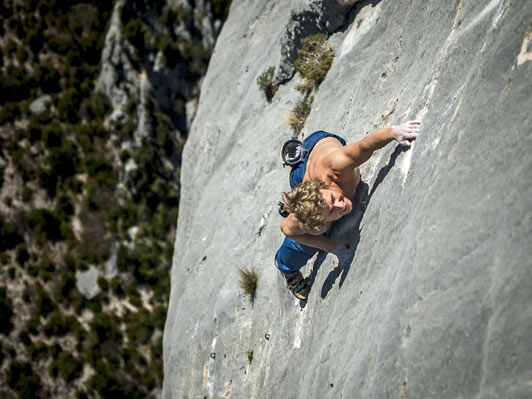The purpose of stock photography is quite different from that of other types of photography, such as portraits or art photography. It is used to sell things – ideas, products and services – and the same is true of stock illustrations. For instance, if you look at clipart by Dreamstime, you will see that it is designed to be used for promotion, rather than as an end in itself. Therefore, if you want to succeed as a stock photographer, then you need to understand how to make your photos work well for this purpose.

Stock photography buyers need images that drive home a point or say something about what they are trying to sell. Therefore, stock photographs need to have a very clear theme – the subject matter should be obvious and the meaning of the photograph should be unmistakable. This doesn’t mean that you need to go out and take pictures of commercial objects – in fact, you probably won’t get very far doing this. What it does mean is that your images need to tell a story – for example, a photograph of a climber with gritted teeth straining for the next handhold is telling a clear story about perseverance.
Next, think about what your customer is going to do with your photograph – more likely than not, they are going to overlay text onto it. Therefore, if you don’t leave any space for them to do this, the chances are that they are going to look for another image. On the other hand, you don’t want to leave unnatural-looking spaces in your photograph, so try to use space that already exists – such as sky, water or road surfaces. Also, make sure that the space is located somewhere that is useful for the designer.
A good way of creating space and clearly identifying your subject at the same time is to use depth of field. If you keep your main area of interest in focus, and drop out everything else into a blurry background, it will highlight what you are trying to get across. At the same time, the blurry background is perfect for text overlays, even if it does contain objects or people. However, remember that you should create some variety in your photographs and not use this technique all the time – other buyers may be looking for a picture where the entire image is in crisp focus.

Finally, spend some time processing the image so that the buyer can visualize exactly what it will look like in the final layout. For example, it is often a good idea to use Photoshop or another editing program to apply an unsharp mask – this will bring out the fine detail in your photograph. You can also use the same tool to play with the hue and color saturation of your image to give it a particular atmosphere or increase its vibrancy. If you do this, however, try to be subtle – your goal is to give your photo a little boost while still keeping it looking natural.
